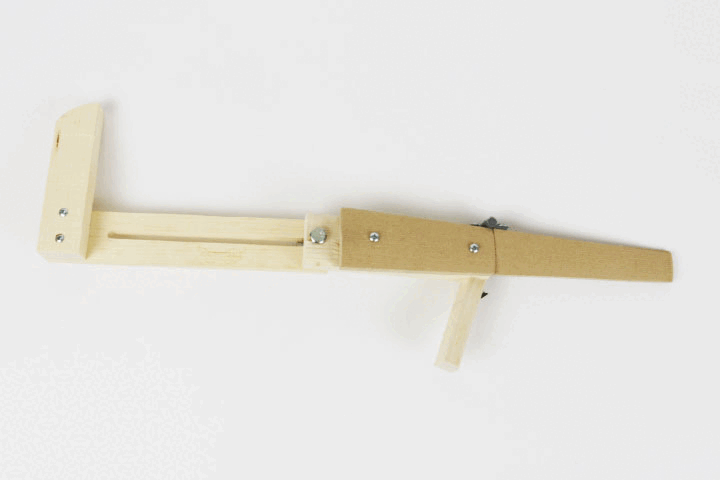The Ultimate Object
"Violin No. 04," later named "The Ultimate Object," due to its status as my final and most comprehensive intervention in instrument design. It serves as the culmination of my master's thesis at UIC. It is a conceptual violin that reflects a musician’s pursuit of obsessive perfection in playing each note, expressed through an art-object design form.
Initial Hypothesis
The project originated from the intuitive vision of a musician, posing the question:
How can a versatile, accessible, and portable violin be designed for outdoor use?
From an instinctive approach, the challenges of taking an instrument outdoors—such as material durability, size, cost, and weather fluctuations—were well recognized.
From a rational perspective, research confirmed that musicians of all levels faced these same concerns.
To achieve the smallest possible size for the instrument, a series of low-fidelity prototypes were developed and tested. This process enabled the exploration of various forms and joints, ultimately determining that the optimal smallest size was medium.
Initial Form Experiments




Joint Experiment






This project began with a focus on portability, but its true value extends beyond convenience. Preserving the richness of sound and artistic expression is essential, requiring careful craftsmanship and attention to detail.
Achieving success required moving beyond traditional boundaries.
Through experimentation with simple joints, it was discovered that combining various types created an effective approach to achieving the desired excessive mechanical movement.
Through the process of sketching to develop form, a fusion of creativity and technical accuracy was achieved.
As a result of the significant tension exerted by the strings, FEA was initiated to identify stress points.
Materials used include Nylon 30% glass-filled, Nylon-Carbon fiber, Carbon fiber, Stainless Steel Springs, and Ebony wood for the fingerboard. The instrument was then finished with outdoor matte, semi-gloss, and eggshell black coatings before being distressed by hand.

















